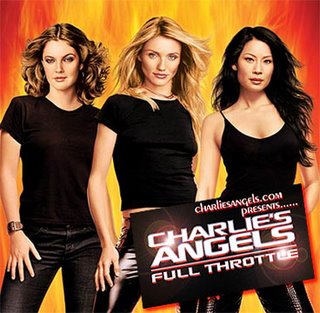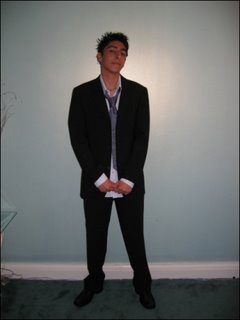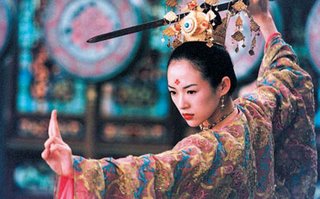BibliographY...
Focuses on ‘The Gaze’, Identification of women, Cinematic power and many the things which relate to women.
Young-Bruehl, Elisabath (1990): Freud on Women. London: The Hogarth Press
Concentrates on Sigmund Freud and includes chapters on Female sexuality and Feminism.
Johnson, Lesley and Lloyd, Justine (2004): ‘sentenced to everyday life’ Feminism and the Housewife. New York: Berg
‘Come Back Little Sheba’ (1952) showed that just staying at home was not enough for women to make their husbands happy’
Leaming, Barbara (1998): Marilyn Monroe. London: Orion Books LTD
‘On screen Marilyn Monroe invented a character who was a happy girl: innocent, funny, with and extreme but unthreatening sexuality.
(i will be adding to this collection as over the holidays it was vey difficult to find books relating to my topic due to so many people concentarting on the same thing and all the books had been already taken out from the libraries.)



